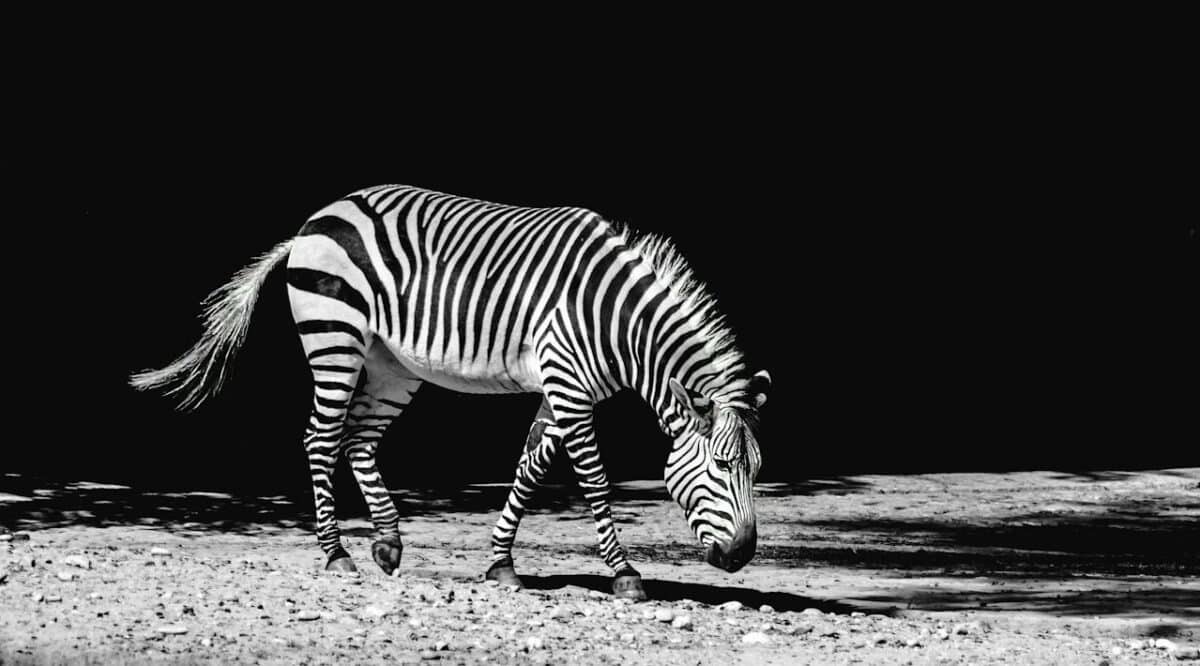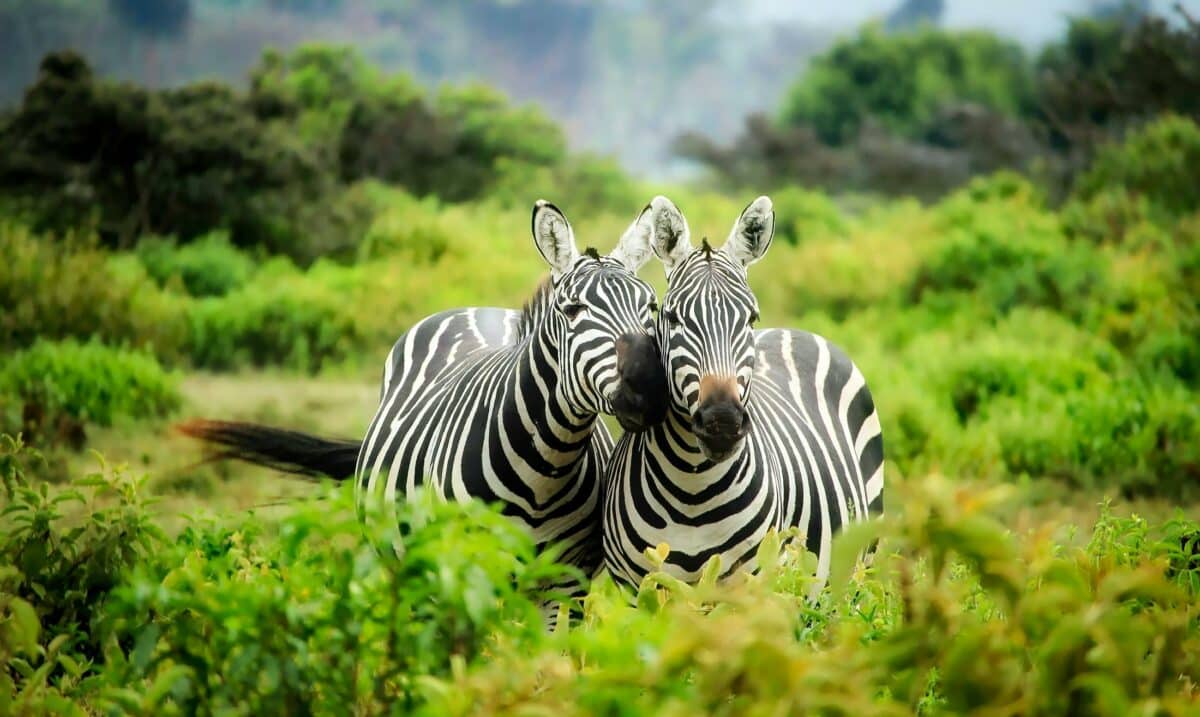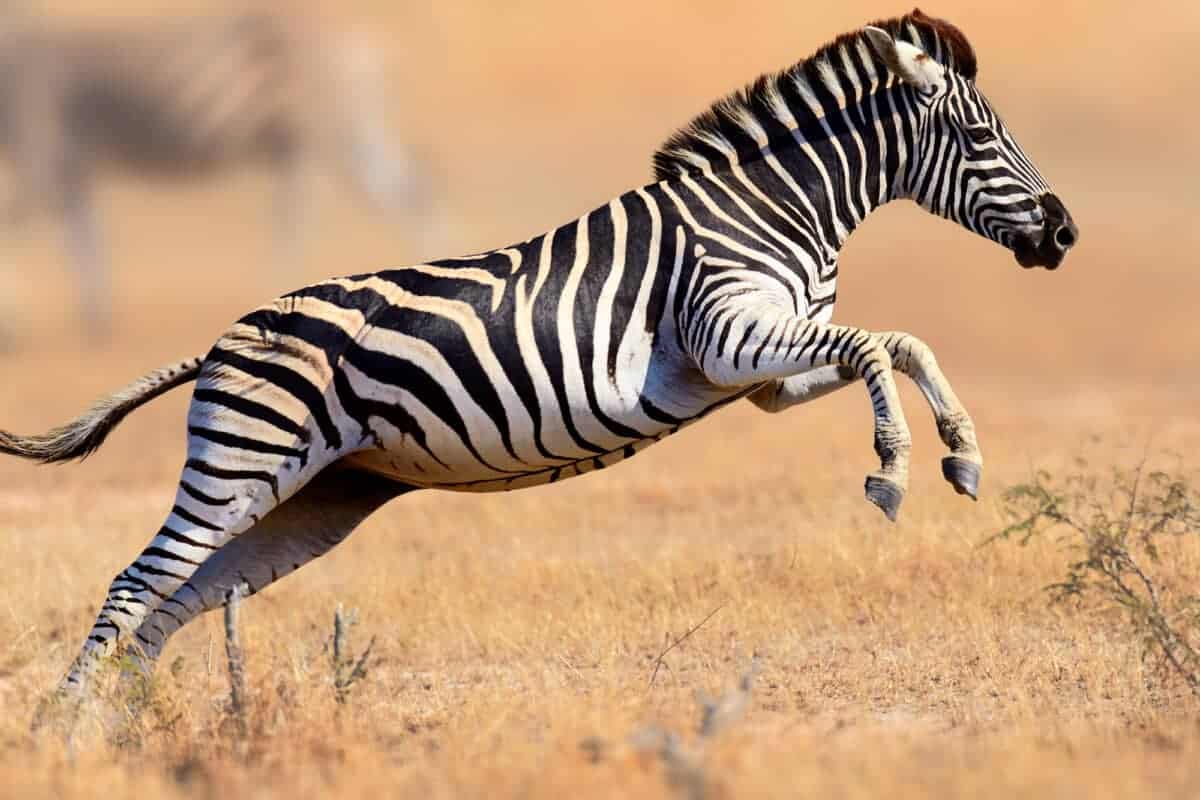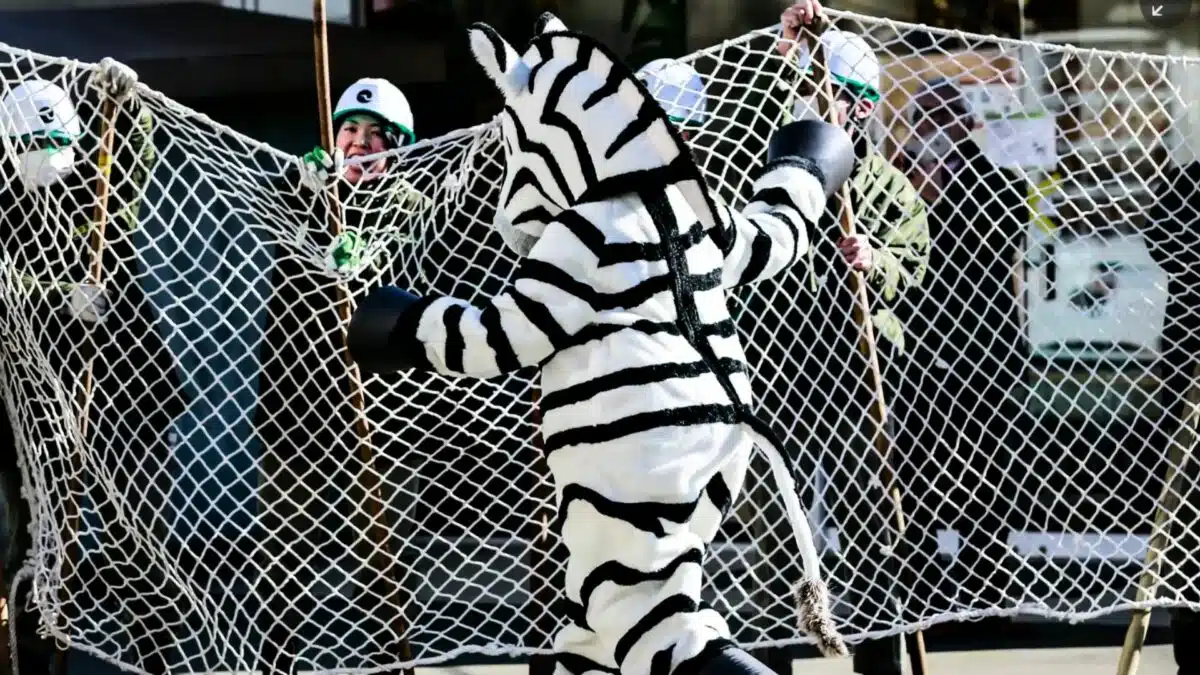At Tama Zoological Park in Tokyo, the staff engaged in an emergency drill, which involved an employee donning a zebra costume and mimicking an escape. This simulation was not just a playful exercise; it was a serious attempt to evaluate the zoo’s preparedness in the event of an animal escape.
The “zebra” evaded capture, leading to a dramatic yet controlled response from the staff, ensuring that everybody’s onboard on how to act in the real case of an emergency.
Emergency Procedures for Animals at Zoos

Such drills are crucial for ensuring the safety of both animals and visitors. In these scenarios, zookeepers and emergency responders work together to recapture the escaped animal while minimizing stress and injury.
These procedures typically involve assembling a response team, setting up perimeters, and using tranquilizers if necessary.
Temperament of Zebras

Understanding a zebra’s temperament is crucial in managing them in captivity.
Zebras, while similar in appearance to horses, have a distinct wild streak. They are generally more aggressive and unpredictable, making them challenging to handle – especially in stressful situations.
This temperament plays a significant role in how zoos prepare for potential escapes, as unpredictable behavior can lead to unforeseen situations.
Social Behavior of Zebras

Zebras are highly social animals, living in herds with complex social structures. This social aspect is vital in zoo management, as isolation can cause stress and behavioral issues. In an escape scenario, a zebra’s instinct to rejoin its herd or find companionship could influence its actions, making them even more panicked.
How Zebras Got Their Stripes (According to Folklore)

Folklore offers a charming explanation for the zebra’s distinctive stripes. As per an African tale, a zebra once entered a fight with a baboon, resulting in it fleeing into a scrubby bush, which scratched its white coat, creating the stripes.
Scientists’ Two Cents

Science, however, tells a different story about zebra stripes. Research suggests these stripes serve as a deterrent to biting flies, which are less likely to land on striped surfaces. The stripes might also play a role in social interactions and temperature regulation, showcasing the complexity and adaptiveness of zebra physiology.
The Evolution of Zoo Safety Protocols

Over the years, zoo safety protocols have evolved significantly. Today, these procedures incorporate advanced technology, detailed behavioral studies, and regular staff training to manage emergency situations effectively.
Making sure all of its animal residents are safe at all times is just as important as visitor safety at zoos.
Zoo Staff Dress Up as Zebras: Wrapping Up

Although a hilarious sight, the zebra costume drill at Tama Zoological Park is one of many important safety drills put in place to ensure the animals’ safety – no matter what situation arises. Not only that, it allows the zoo workers to get a new perspective when they put themselves in the animal’s shoes, even just for a moment.
Thank you for reading this article about zoo staff who dress up like zebras! To learn more about this iconic striped animal, read these stories:
- Lioness Attack on Zebra Gone Wrong
- Watch the World’s Rarest Zebra Discovery
- Discover How Rescuers Wear Stripes to Comfort Orphaned Baby Zebra
Join our Forum for free today!


